Hedgerow Jelly
This isn’t a strict recipe – it’s more of a template that you can adapt to whatever autumn fruits are available. The only stipulation is that half the weight of the fruit should be made up of crab apples (or, failing that, cooking apples) because they contain pectin, which will enable the jelly to set properly. As long you stick to that rule, you can make up the rest of the weight with whatever wild fruits you can find or that you prefer. We like to include a high proportion of blackberries, to temper the astringency of hawthorn berries, elderberries and sloes – although a couple of handfuls of sour or bitter fruits do add an interesting depth of flavour to the preserve. We add wood avens root to give a hint of warm spice, but you could also use a cinnamon stick, cloves or star anise. (It’s a good idea to keep a note of the combination that you use, just in case its flavour is particularly good and you want to replicate it in the future.)
This being a seedless jelly that is strained through muslin, the preparation of your pickings is kept a bare minimum – just a quick wash and de-stalk is all that’s required.
- 750g crab apples (or cooking apples, such as bramleys)
- 750g mixed hedgerow fruits such as blackberries, sloes, damsons, rosehips, hawthorn berries or elderberries
- 1 large wood avens root, throughly cleaned (optional)
- About 700g granulated sugar
Method
- Wash and drain all of the fruit and remove any stalks or leaves. Cut the crab apples into quarters and put them into a large saucepan with the rest of the fruit and about 1 litre of cold water – or enough to cover. Bring to the pan up to a boil, then reduce the heat and simmer until all of the fruit is completely soft. Crush the fruit well with a potato masher as you go and when everything is soft and pulpy remove the pan from the heat.
- Line a sieve with 2 layers of muslin, and set it over a large jug or bowl. Tip the pan of fruit into the sieve, and leave it to drip overnight. Do not press or squeeze the fruit, as this will make the jelly cloudy. (Don’t worry if the juice that drips through seems slightly cloudy: this will disappear when the juice is boiled and skimmed).
- The next day, put a saucer into the freezer. Measure the juice, and for every 100ml add 70g granulated sugar. Put the juice and sugar into a clean pan and bring to the boil, stirring gently to dissolve the sugar. Increase the heat and bring to a rolling boil for about 10 minutes, skimming off any scum that accumulates on the surface.
- After 10 minutes, test the mixture for a set by putting a teaspoon of the mixture onto the cold saucer. Leave it for a few seconds, then push the edge of the puddle with your fingertip. If it has solidified, the jelly is ready. If not, return the cleaned saucer to the freezer, boil the mixture for another 5 minutes and test again.
- When the jelly is ready, pour it into sterilised jars and seal while still slightly warm. Store in a cool dry place. Unopened, the jelly should keep for up to 1 year. Once opened, store the jar in the fridge use within 3 months.
Credits
Recipe and photos by Otherwise for Wild Food UK

COMMENTS




 (31 votes, average: 3.81 out of 5)
(31 votes, average: 3.81 out of 5)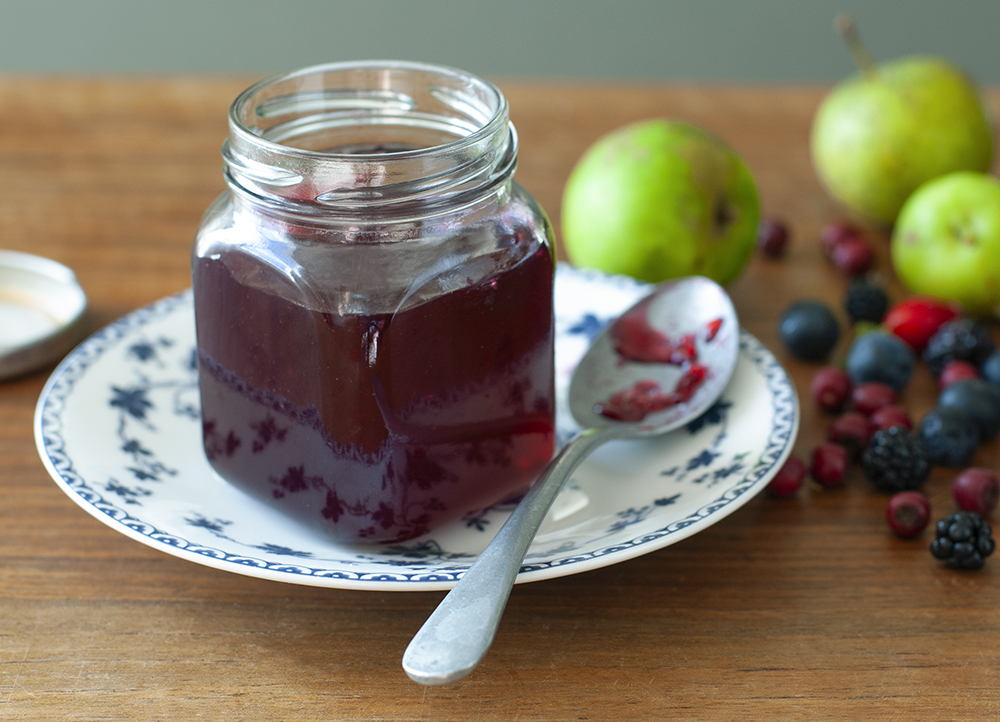
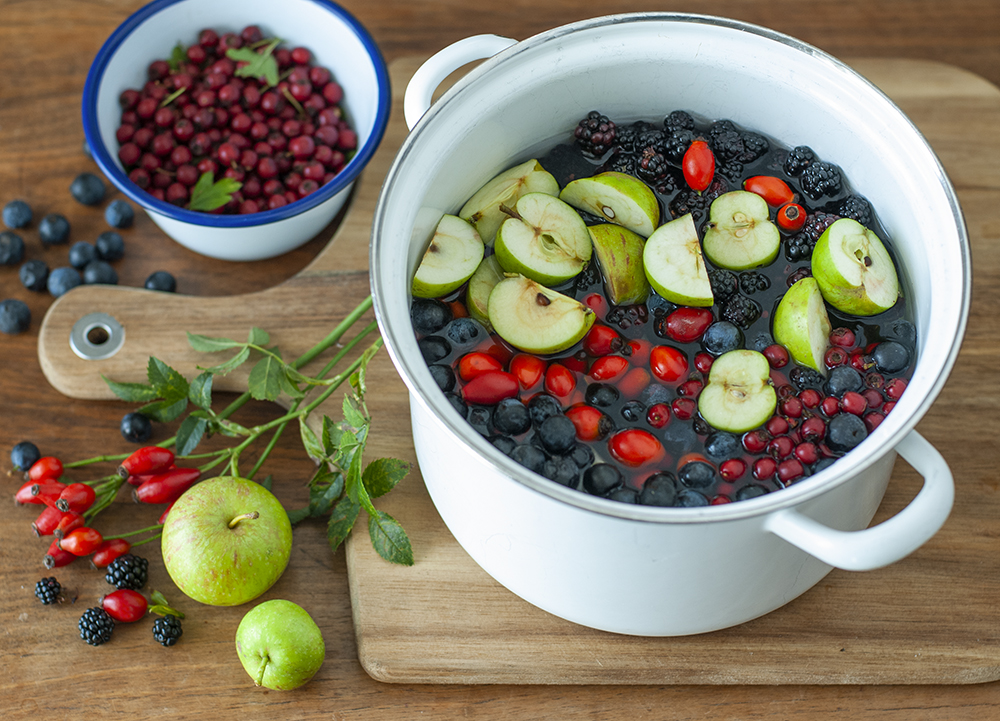
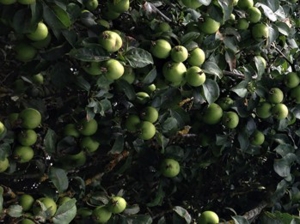
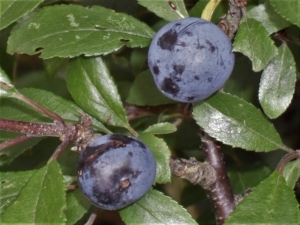

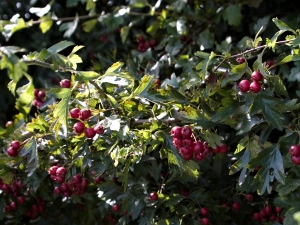
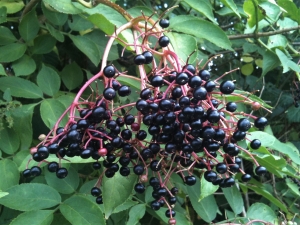
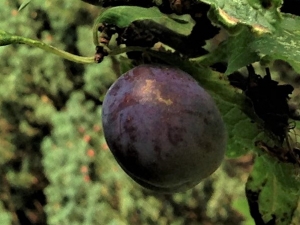
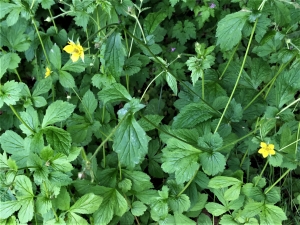
Leave a Reply